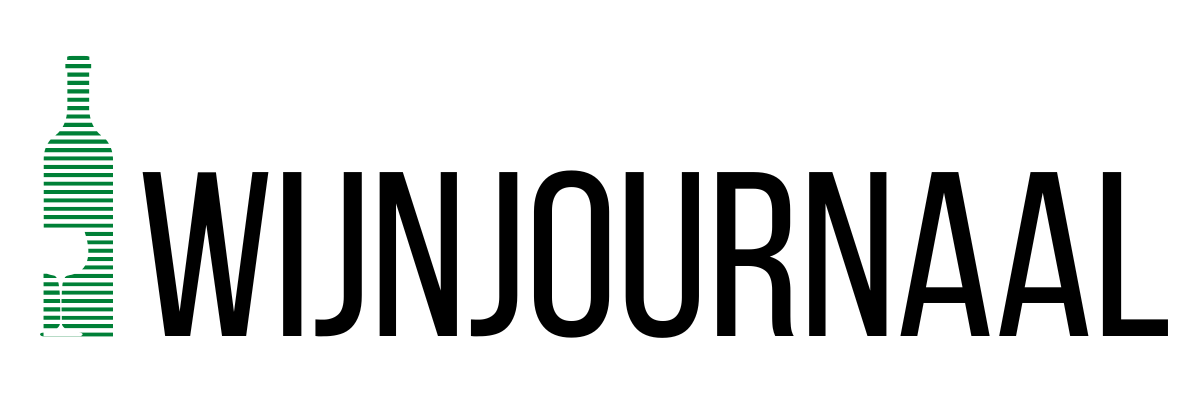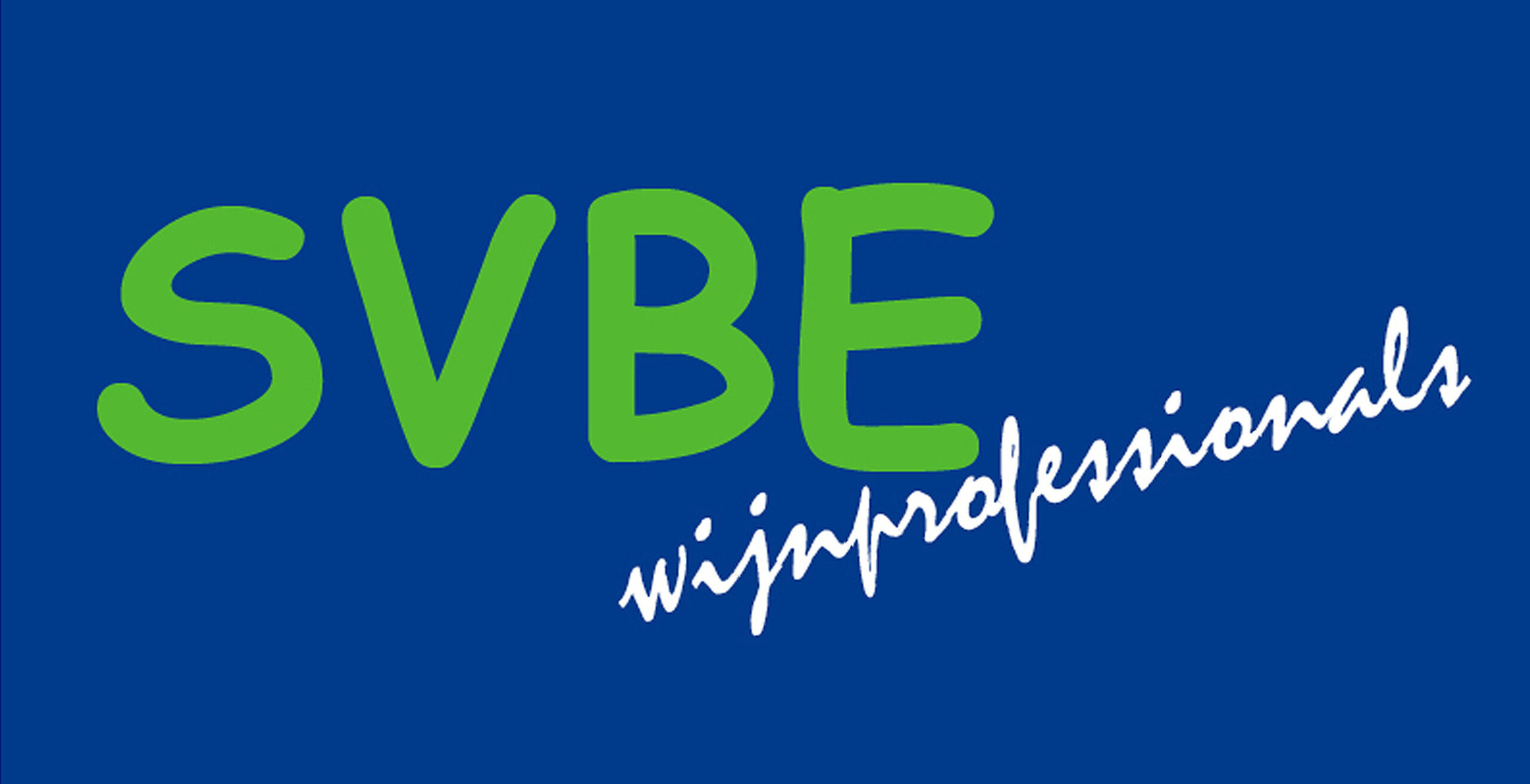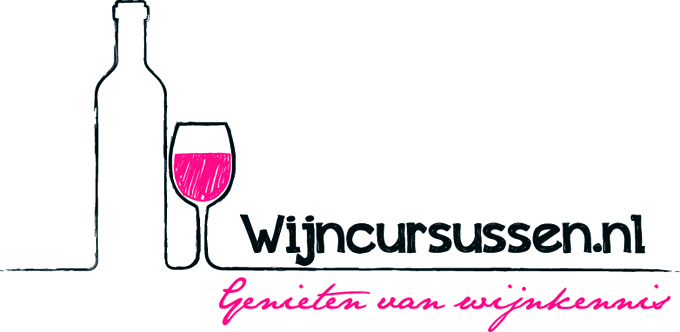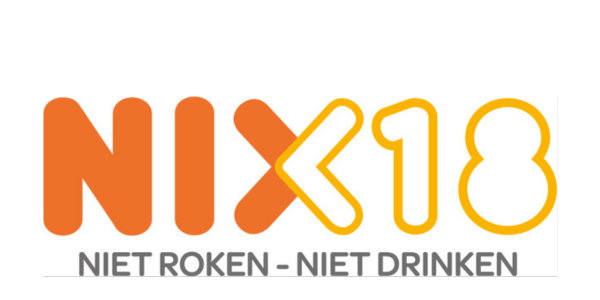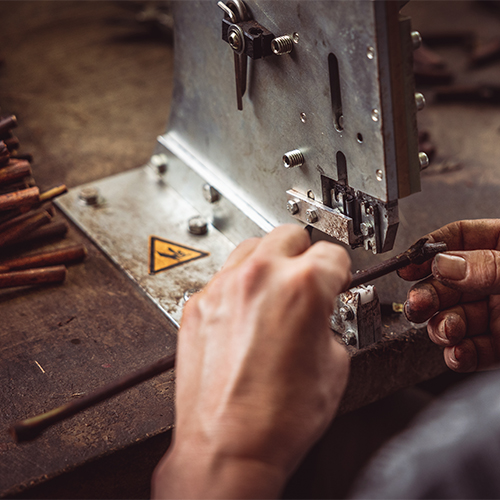
The GreffBourgogne program involves planting and monitoring experimental platforms dedicated to rootstock.
With climate change shifting the world as we know it, the future of Bourgogne wines depends on its rootstocks, the diversity of which has yet to be fully explored. As a result, the Bourgogne Wine Board (BIVB) is now piloting a large-scale project to explore this field, along with a range of regional partners.
The GreffBourgogne program aims to test new rootstocks across Bourgogne’s full range of microclimates. In the long term, it will allow winegrowers to choose the right rootstock for every location.
The program has three key thrusts, the most visible of which is the creation of observation platforms throughout the region. A first plot was planted in Beaune on the Côte d’Or in the spring of 2022, comprising Pinot Noir and Chardonnay vines. A further two plots of Aligoté and Pinot Noir followed in the fall of that year, in Aluze and Rully. A third plot of Chardonnay will be planted in Lugny in the spring of 2023, with another Chardonnay plot planned for the Northern part of Bourgogne in 2024.
At the same time, researchers from the Chambers of Agriculture, the Groupement d’Etudes et de Suivi des Terroirs (GEST) and the Association Technique Viticole de Bourgogne (ATVB) are also studying selected volunteer vineyards, where plots have been planted with different rootstocks according to the experimental protocols.
The project’s third thrust involves more than 20 wineries that are taking part in the project, following autonomous observation protocols on their own plots.
“We are expecting new results every year, because each campaign will be a source of learning,” explains Héloïse Mahé, Project Manager at the BIVB. “This program will run for at least 10 years, but the results will be published annually to help winegrowers choose their rootstocks. We will wait until the end of the 2023 campaign – the second year of observation – to publish our first results.”
This project has significant input from across the region and enjoys a budget of €200,000 for the first three campaigns (2022-2024). The BIVB is driving the initiative, working with the Chambers of Agriculture of the three départements of the Yonne, the Côte-d’Or, and Saône-et-Loire; the GEST; and the ATVB. The IFV also brings its horticultural expertise.
